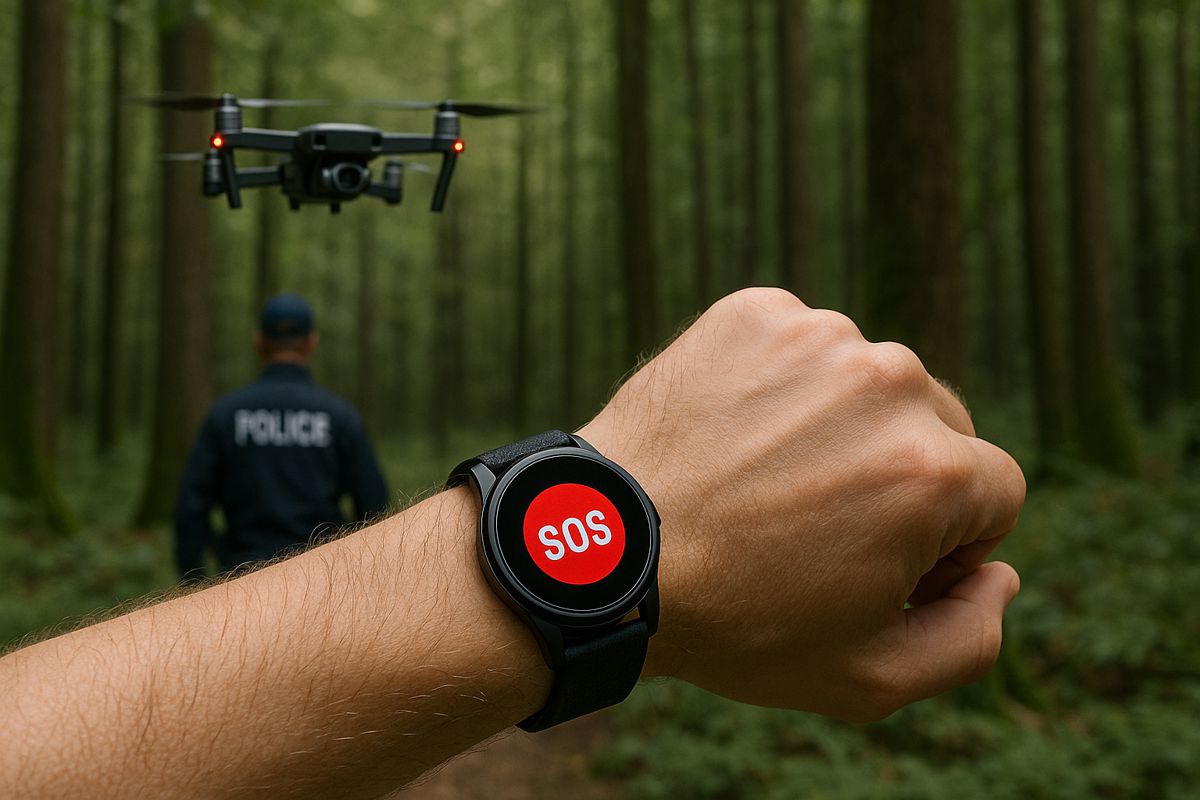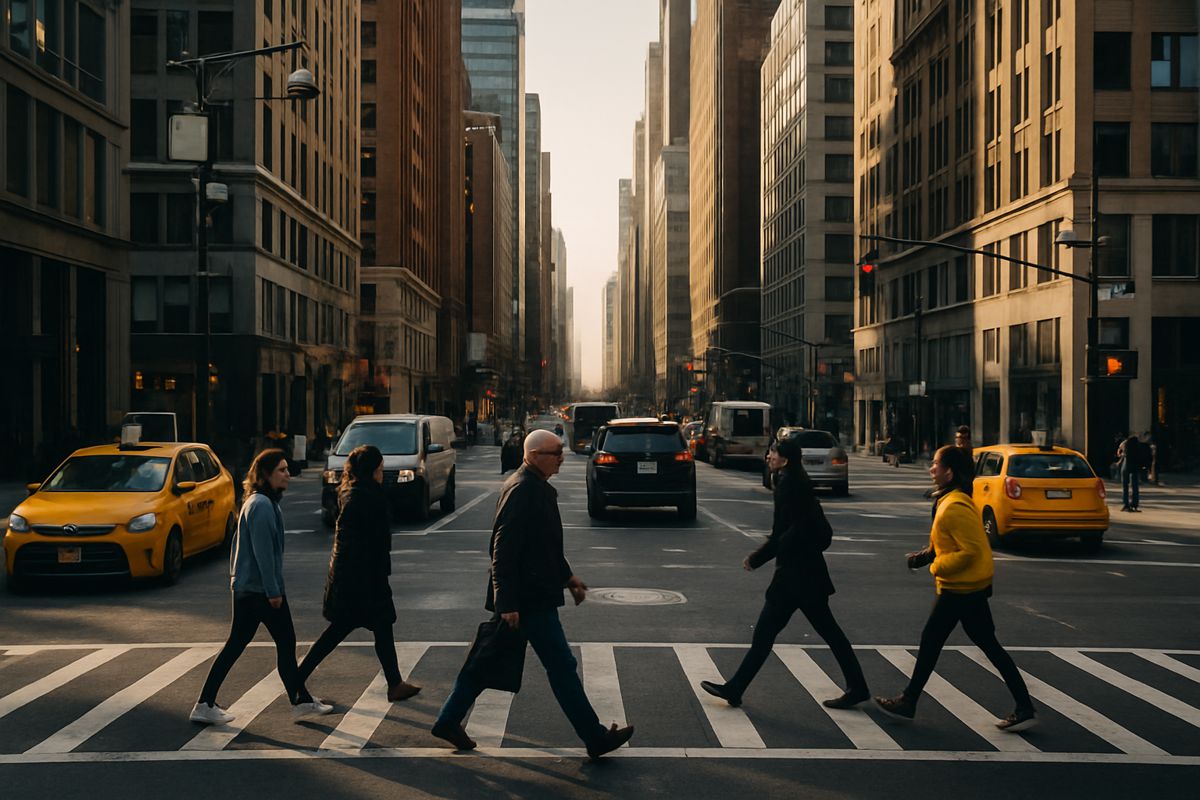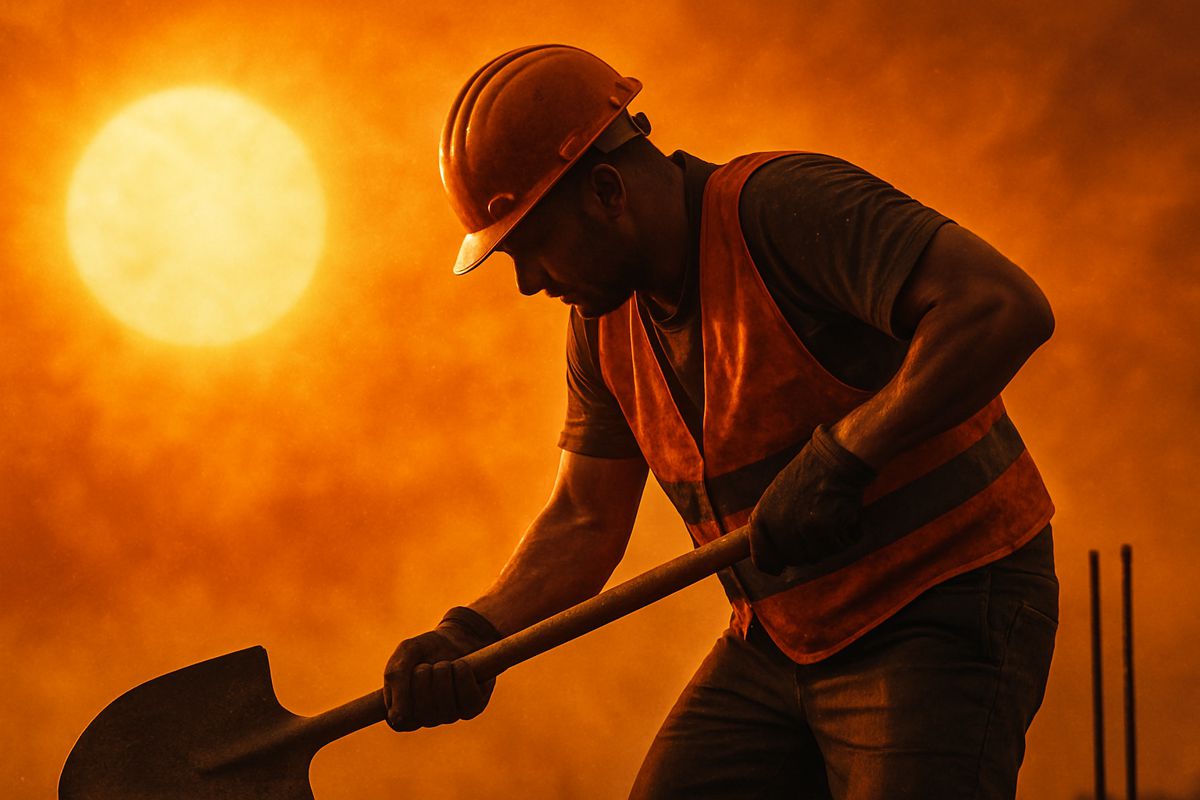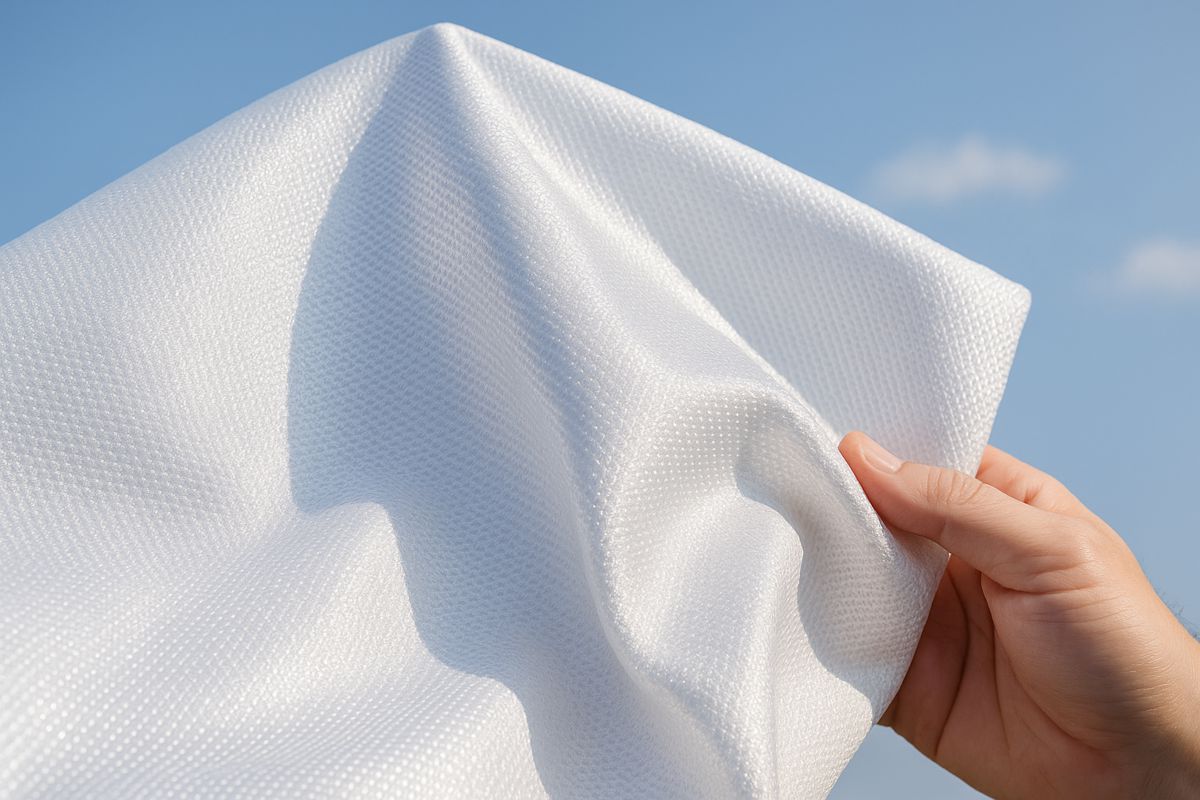The five top trends in Safety Footwear
Foot injuries are among the most common worker injuries, particularly in construction. The Health & Safety Executive identifies the main hazards to the feet and legs as including “temperature, electrostatic build-up, slipping, cuts, falling objects, heavy loads, metal and chemical splash or being struck by a vehicle”.
According to the Reporting of Injuries, Diseases and Dangerous Occurrences Regulations (RIDDOR), slips, trips and falls made up 30 per cent of non-fatal injuries to employees in 2021/22.
Awareness is also growing over foot health, with those who stand for an extended amount of time at risk of cumulative foot injuries like bunions, corns and fallen arches.
It therefore makes sense for employers and employees to protect foot health through good quality safety footwear.
Safety footwear manufacturers are constantly listening to customers’ requirements and endeavouring to respond to the concerns, needs and challenges surrounding safety footwear in harsh and changing workplace environments.
In this article Clair Weston, head of marketing at uvex, explores the latest developments in safety footwear protection for 2023.

High and dry
There are big strides in developing safety footwear designed to protect against the elements in rugged, outdoor environments. Having wet feet not only feels unpleasant but causes discomfort. The friction can also lead to rubbing, sores and potentially blisters, creating a painful distraction. The dampness within the footwear creates a breeding ground for bacteria, which can also lead to rashes, fungus and issues like athlete’s foot.
New technologies can address these problems. uvex waterstop technology, for example, is designed to keep feet dry. Its performance lasts four times longer than that required by the standard for S3 safety footwear, which requires footwear to be water-resistant. This technology is featured in the new uvex 2 construction boot, designed to meet the specific challenges of the construction and engineering industries – where workers and their footwear are put to the test, tackling high mechanical stress, and extreme weather conditions.
In addition, hot or cold feet and discomfort from heavy sweating can prove a serious problem. That’s why climate control is essential. During an average 8-10 hour day, the human foot can produce up to 200ml of sweat, just under half a pint, which increases during intense physical activity. The latest climate control systems, such as uvex climazone, draw this moisture away, leaving feet dry and creating a pleasant and comfortable climate. This reduces the risk of discomfort caused by blisters, fungal infections or even mild hypothermia.
Meanwhile, dry-knit technology can help to keep feet dry all day long through a combination of breathability and water-repelling characteristics.

Prioritising orthopaedic protection
Research into the hardship placed on joints from standing and walking on hard surfaces for up to 12 hours a day has led to innovations that reduce leg and foot fatigue and improve comfort and safety.
Developments in PU compounds and the use of innovative materials used for the upper ensures footwear is light and offers greater shock absorption and energy returned. This means that the foot, leg and back muscles don’t have to work as hard, reducing strain and maintaining performance for longer. In addition, safety footwear that provides cushioning and a stable footing reduces stress on the body. Sports-inspired soles that are extra sensitive and highly flexible are therefore being developed, particularly for safety footwear and those operating machines controlled by the foot.
The uvex 3, for example, has an ergonomic two-layer sole made of a newly developed polyurethane that provides impressive cushioning and high levels of slip resistance. uvex i-PUREnrj technology offers increased stability, very high levels of shock absorption as well as energy-return. The recovered landing energy over the entire sole unit is returned to the wearer providing a boost of energy, greater comfort and significantly lower fatigue in the legs and feet. The outsole features a tread pattern intended to stabilise yet flex with the natural rolling motion of the foot – from heel strike, over the arch to the ball of the foot and finally to the toes – giving freedom of movement.
Other developments engineered to reduce the stresses on the body include shock-absorbing foam that encases the ankle area to protect against painful impact, and lace-locking mechanisms to keep tension in the laces throughout the day, increasing ankle stability and decreasing the risk of injury, especially on uneven terrain.
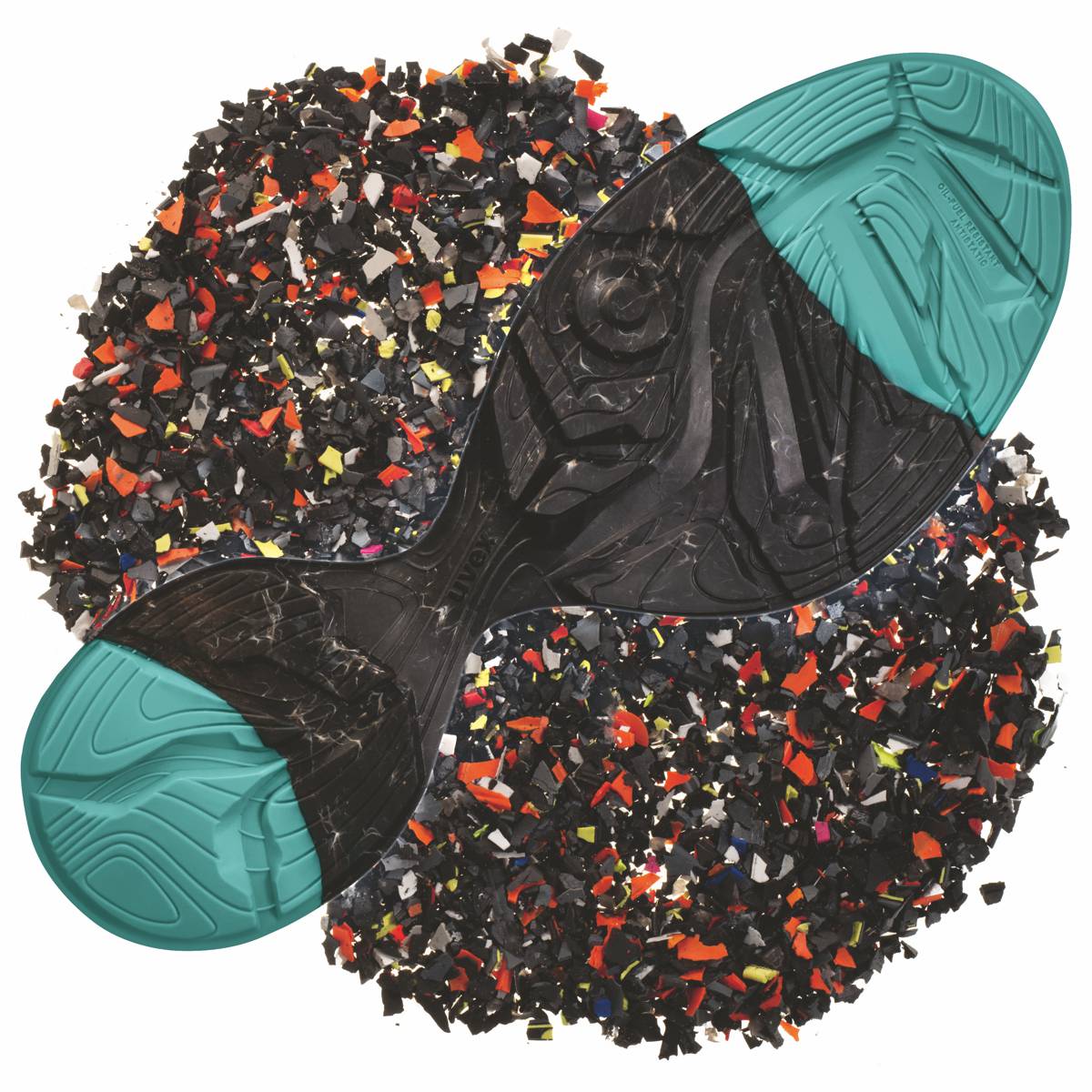
Sustainable strides
It is now possible to make many shoe components, including the upper, midsole and insole, from 100 per cent recycled material. Other parts can be made partly from recycled material, including breathable linings and the outer sole. Recycled PET bottles, bamboo and surplus production granulate are just some of the materials now being used in new safety footwear models to offer a more sustainable product without compromising protection or comfort.
For example, the new uvex 1 G2 planet shoe S1 P SRC features a water-repellent uvex x-dry knit planet upper made from 100 per cent PET bottles, and a penetration-resistant, non-metallic midsole made from 100 per cent recycled material as per the latest safety standards, and which does not restrict the flexibility of the shoe. The uvex x-tended grip planet TPU outer sole – made with up to 10 per cent recycled PU waste from the company’s production processes – is also highly durable and therefore offers excellent slip-resistance, particularly for industrial floors, as well as an increased service life, which is better for the planet.
As a German company, uvex has always been at the forefront of sustainable manufacturing processes. Never one to settle for achieving the minimum standard, uvex has developed its own list of banned harmful substances that far exceeds that stipulated by REACH.
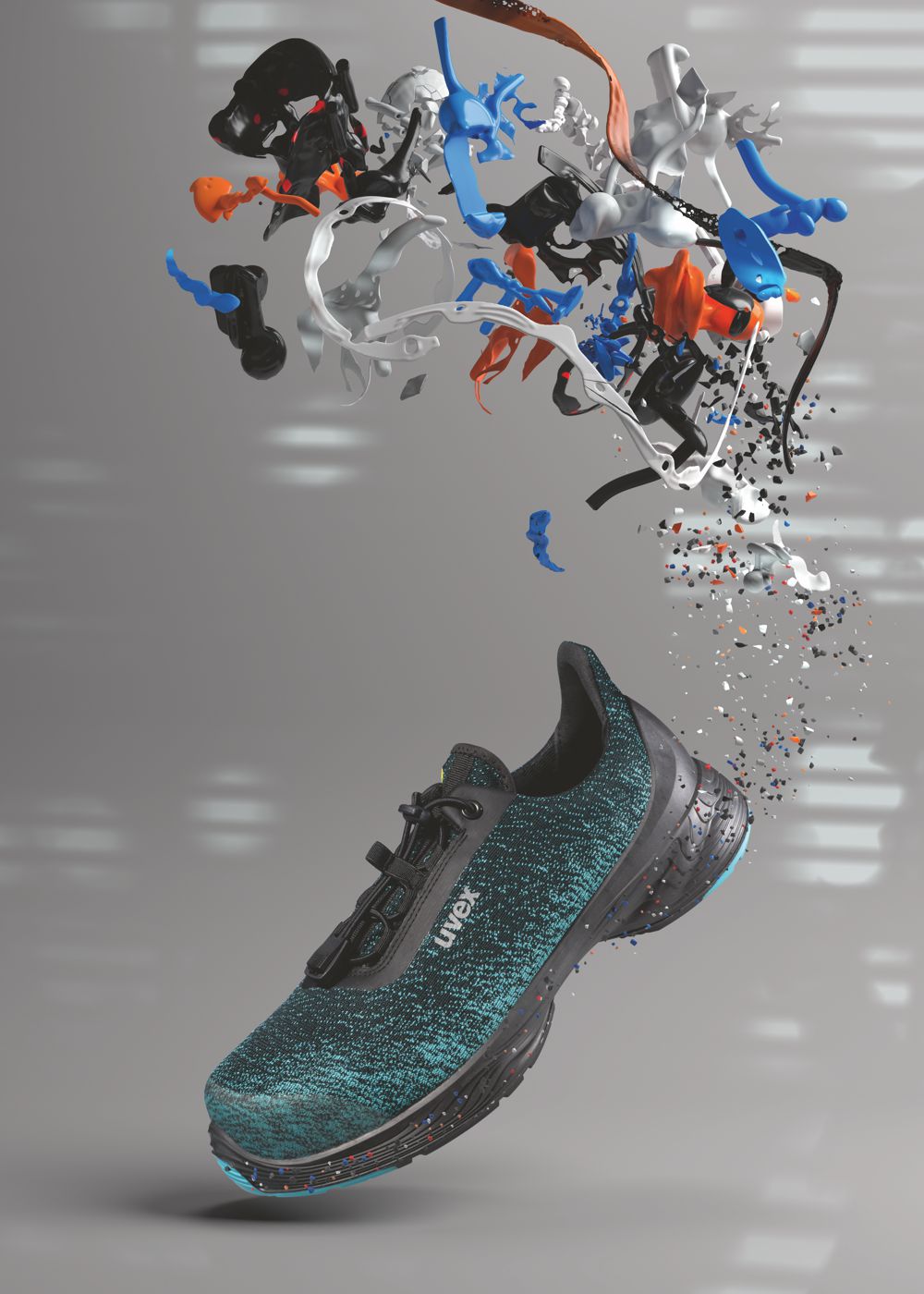
Step out in style
Safety footwear brands recognise that people want style as well as comfort and safety. This is leading to the inclusion of stylish details such as different colour combinations, high street fashion-inspired silhouettes and the use of lightweight materials even with a toe cap.
Leather and microvelour enable the exterior of safety shoes to be designed in a way that is fashionable without compromising the interior structure of the shoe.
It’s worth noting that fashion-conscious safety footwear styles can encourage end-user compliance.
Metatarsal makeover
More industries and companies are moving towards metatarsal protection in safety footwear. A safety boot with metatarsal protection is key for any trade where there is a risk of heavy objects falling, as injuries often centre on the top-of-the-foot (metatarsal) region instead of the toe. Traditional protective solutions have a metal plate to protect the metatarsal area, which is heavy and limits flexibility.
New technological advances have led to ultra-flexible metatarsal protection materials that mould to the shape of the foot, giving the wearer complete freedom of movement without adding to the boots’ overall weight. The material on top of the foot hardens upon impact to absorb and dissipate the energy, returning to its flexible, free-flowing state afterwards offering workers comfortable protection.
Ultra-flexible D3O® technology is used in the new Heckel MACCROSSROAD 3.0 S3 HIGH META safety boot to ensure optimal metatarsal protection against falling objects, particularly for those working in the construction and public works sectors or in heavy industry.
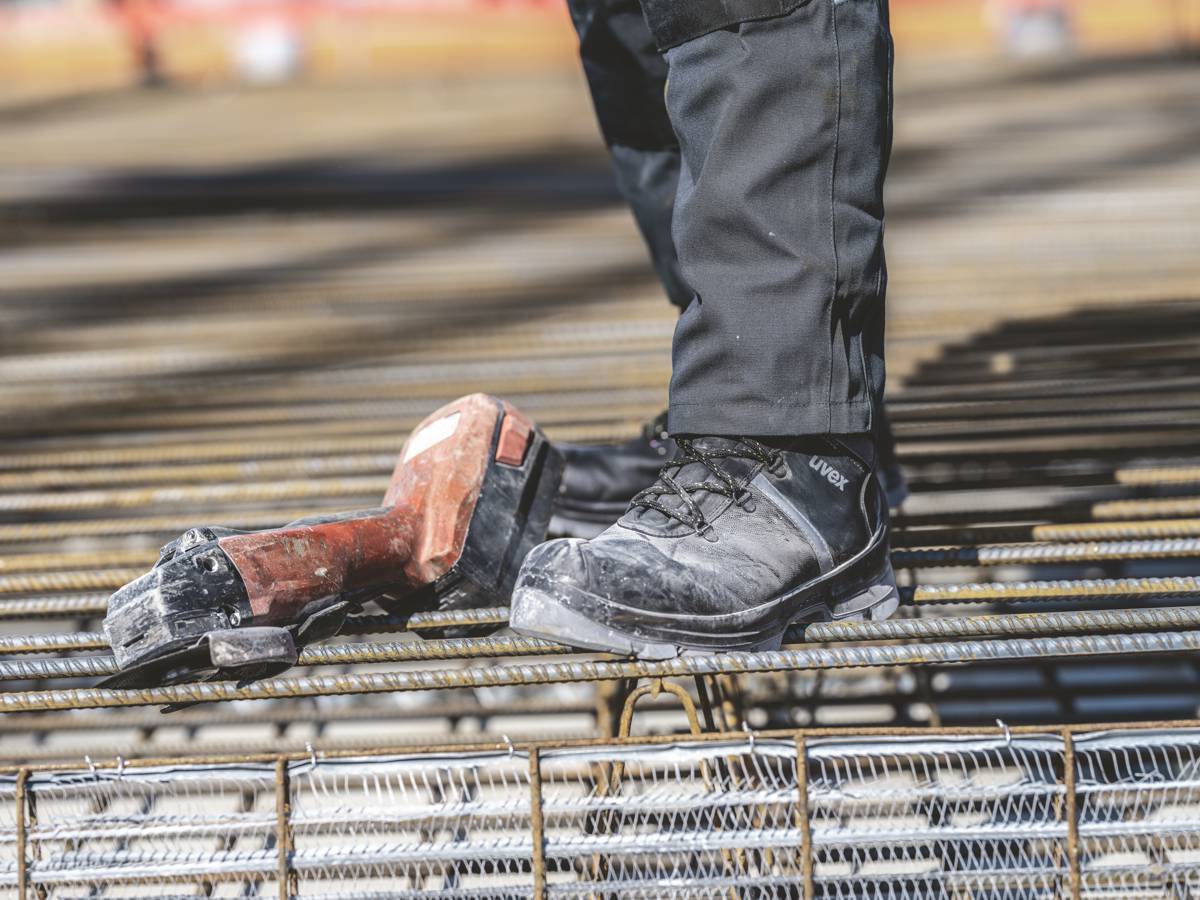
Conclusion
It’s important to keep pace with the latest features and innovations in protective footwear to enhance the safety, health and wellbeing of the workforce. Those procuring safety footwear must equally look for products built to last. Incorporating durable materials and clever technologies designed to increase service life can help reduce wear and tear and improve cost-in-use, while ensuring optimal user protection.
uvex has launched a vast array of new safety footwear that feature four key elements. They deliver on wearability for optimal protection, fit, compatibility and comfort. They offer quality to maximise cost-in-use. Finally, they are sustainable to provide protection for both people and planet.















